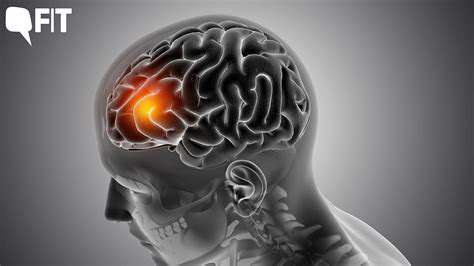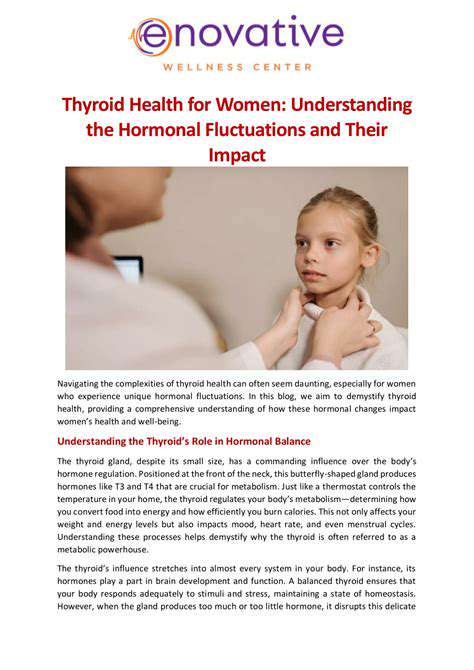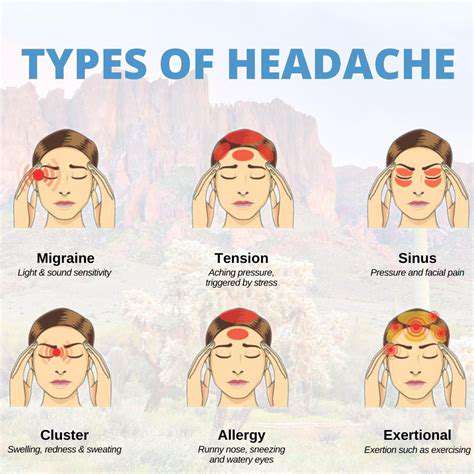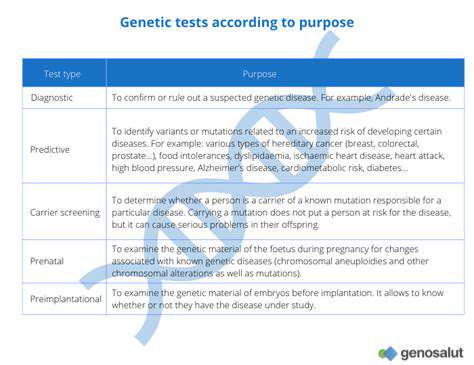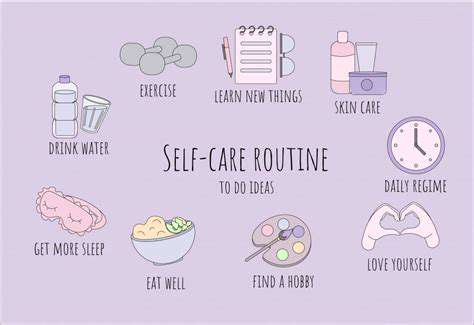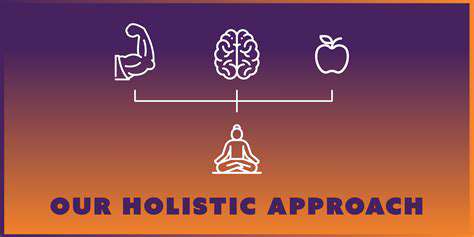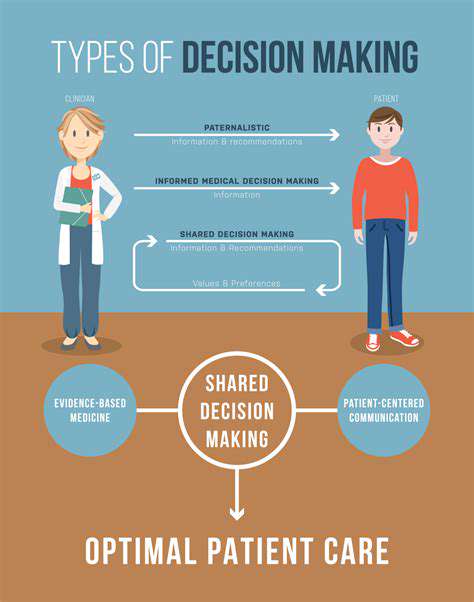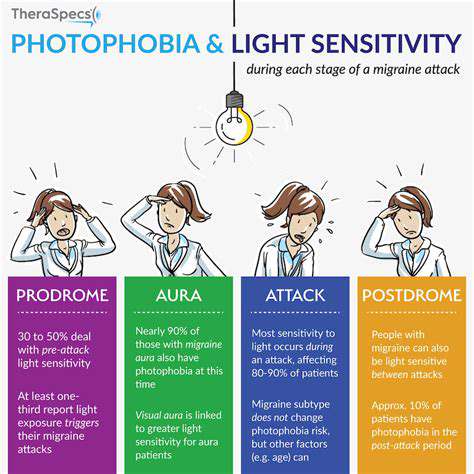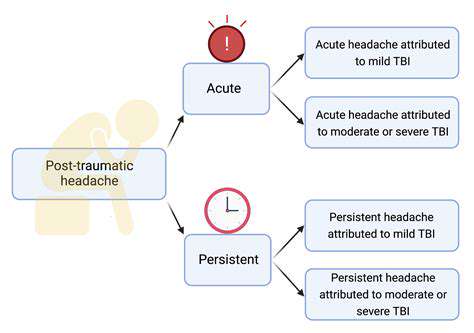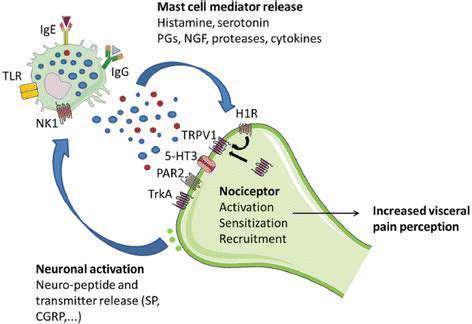Explore comprehensive insights into migraines and headaches including causes, triggers, treatments, and natural remedies. Empower yourself with knowledge to manage pain effectively and improve your daily well-being
Dealing with Migraine Related Anxiety and Depression
Jun 03, 2025
Managing Migraines While Caring for Young Children
Jun 03, 2025
Traveling with Migraines: Preparation and Tips
Jun 02, 2025
Exploring Vagal Nerve Stimulation (VNS) for Migraines
Jun 02, 2025
Overcoming the Stigma Associated with Migraines
Jun 02, 2025
Sleep Apnea and Morning Headaches: An Important Connection
Jun 02, 2025
Tai Chi for Gentle Movement and Headache Reduction
Jun 01, 2025
Empower Yourself: Become an Expert on Your Own Migraines
Jun 01, 2025
Exploring Endometriosis and Increased Migraine Risk
Jun 01, 2025
Managing Migraines if You Have a High Stress Job
May 31, 2025
Can Decongestants Help or Hurt Sinus Related Headaches?
May 31, 2025
The Role of Genetics Counselors in Familial Migraines
May 31, 2025
The Importance of Self Care in Migraine Management
May 31, 2025
Natural Remedies: Empowering Your Body's Healing
May 31, 2025
Using Knowledge of Triggers to Improve Your Life
May 31, 2025
Talking to Your Doctor About Your Migraine Treatment Plan
May 31, 2025
What Are Vestibular Migraines? Dizziness and Migraine Link
May 30, 2025
Managing Light Sensitivity (Photophobia) During and Between Migraines
May 30, 2025
The Link Between Allergies, Sinus Issues, and Migraines
May 30, 2025






